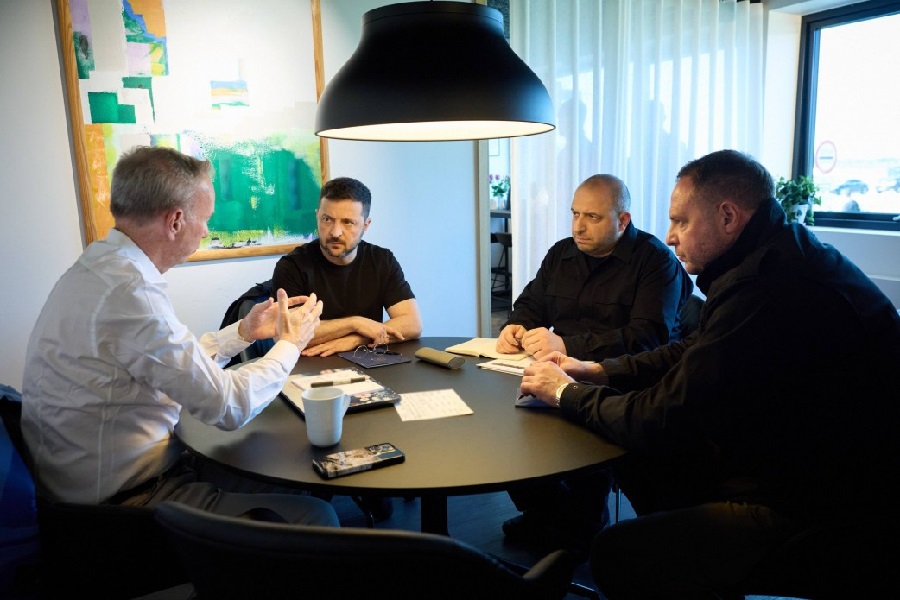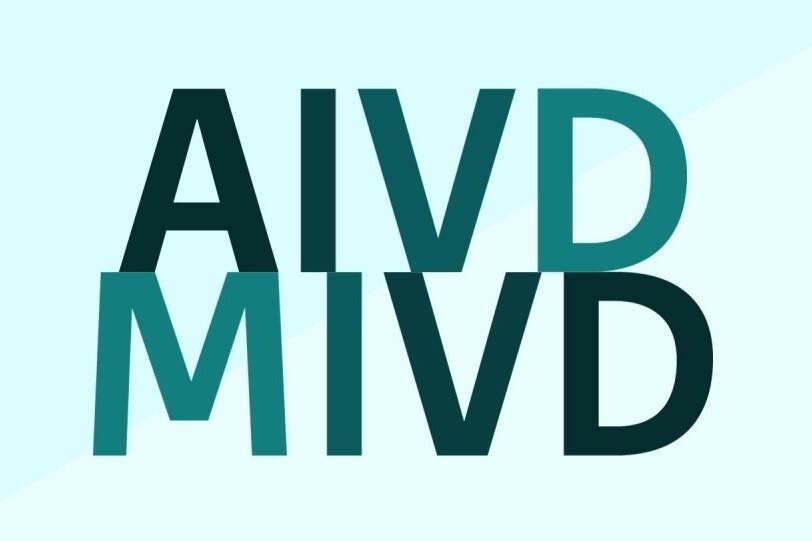5G is the fifth generation of wireless cellular technology, which provides higher download speeds, lower latency (the time it takes for data to pass from one point to another) and greater overall bandwidth compared to previous generations. These evolutions allow improvements in machine-to-machine communications, utilization complexity, and device connectivity. NATO Allied Command Transformation focuses on applying transformative 5G technologies through NATO core tasks of deterrence and defence, crisis prevention and management, and cooperative security.
The deployment of 5G has been steadily rolling out through the early 2020s, applying across academia, industry, and security. Virtual and augmented reality for education and training, autonomous transportation for supply and logistics, and enhanced communications for military and emergency services; these are some practical use cases that are being globally explored, particularly as more of the world integrates 5G capabilities throughout their infrastructures. Security is also a concern, as larger cyberattacks occur due to the increased bandwidth and overall integration of 5G technologies.
In 2022, NATO Allied Command Transformation worked with the Latvian Ministry of Defence on integrated augmented reality and virtual reality solutions. These capabilities allow increased distance between trainers, technicians, consumers, and troops, as the increased data speed, capacity, and stability of 5G technologies enable users increase their interoperability. This application was further explored in the form of a virtual Joint Operations Centre – the ability to enable personnel to interact in a secure, real-time, and responsive virtual space improves readiness and communications between military commanders, operational elements, and supporting personnel.
“5th Generation mobile telecommunications technologies were developed to provide transformational opportunities in the civilian sector, but they also have the potential for military applications. The use of 5G, virtual and augmented reality can help the armed forces learn and use complex military equipment,” shared Warren Low, who oversees 5G projects at NATO Allied Command Transformation. As dedicated 5G working groups across NATO continue to explore and innovate, Allied Command Transformation examines the ways and means to apply these new capabilities to keep NATO and its member nations secure. The 2023 TIDE Sprint event in Norway will feature a new track of 5G Next Generations Networks, where use cases like medical support, mobile command posts, and large deployed headquarters will be explored.



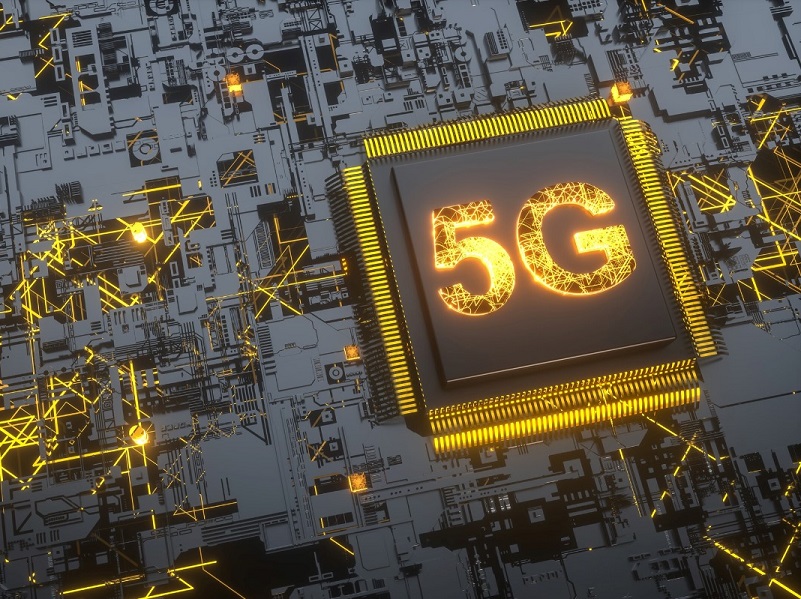
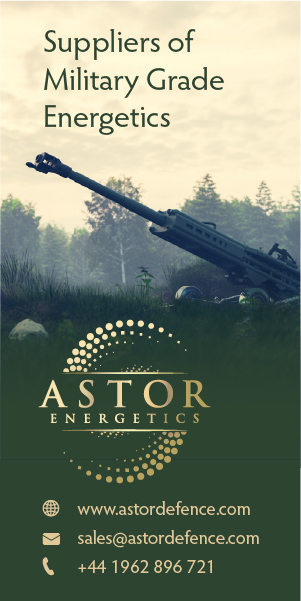



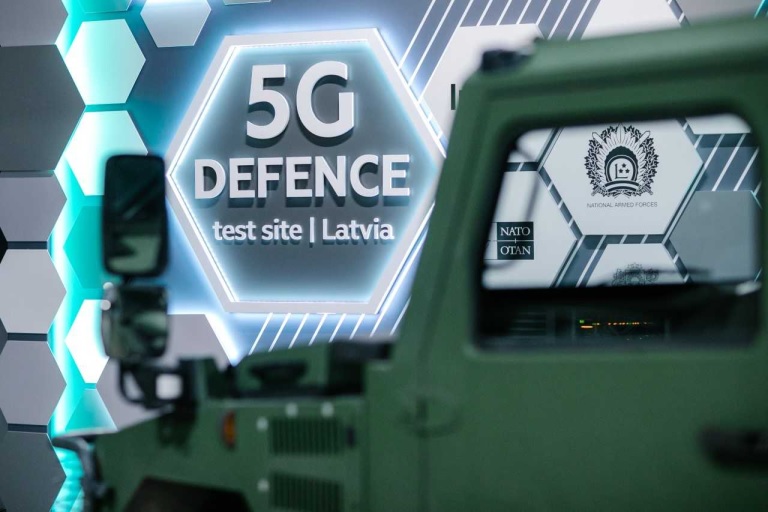

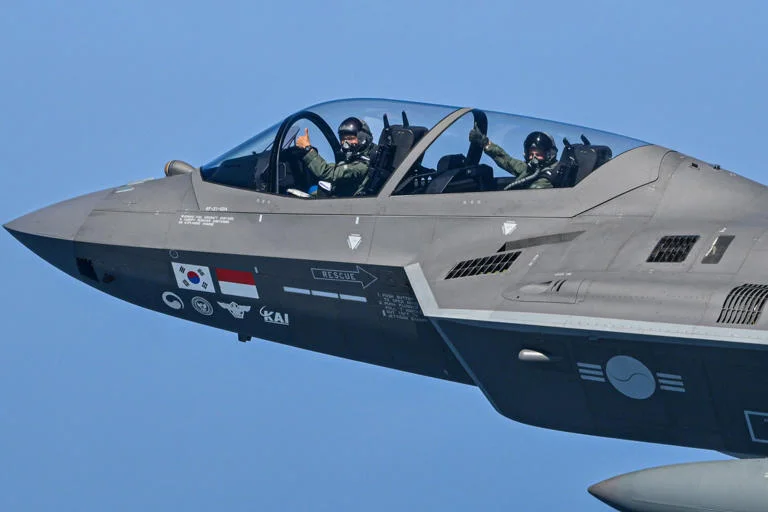

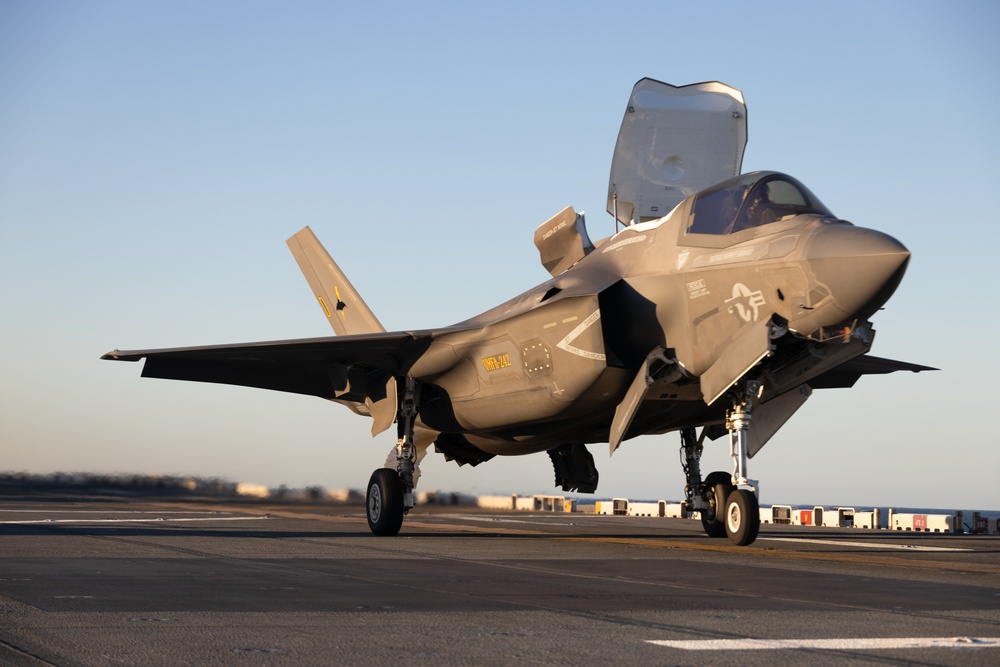

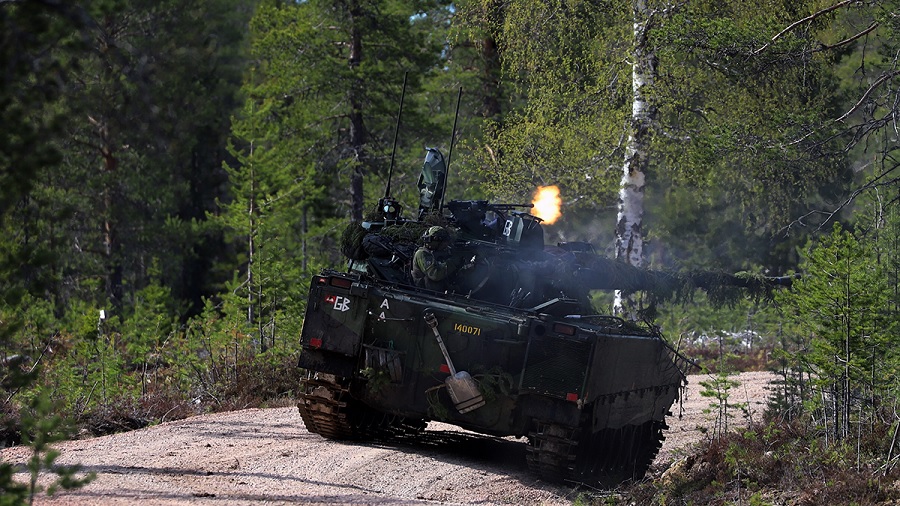
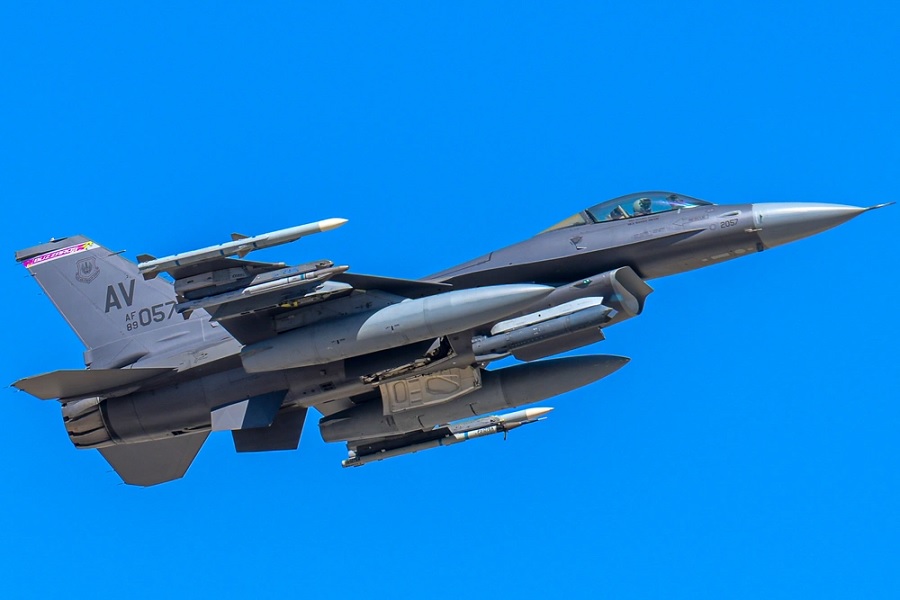
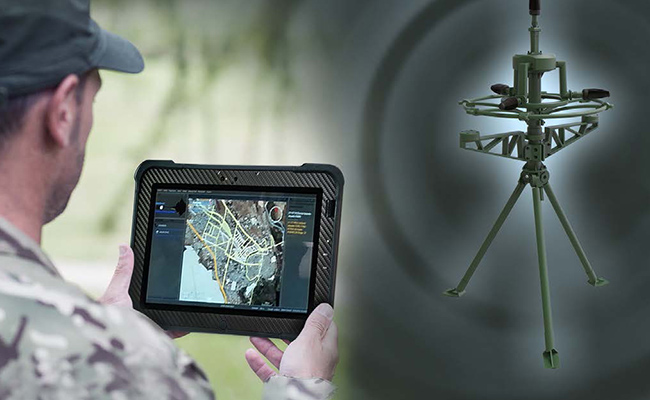
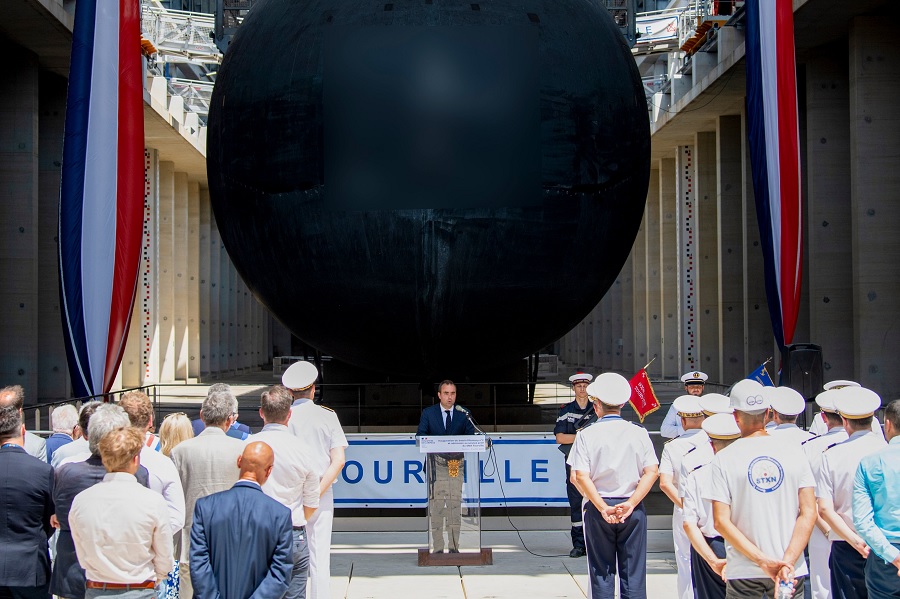

![B-2 Spirit bombers and F-22 Raptor fighters conduct flyover of White House [VIDEO]](https://defence-industry.eu/wp-content/uploads/2025/07/B-2-Spirit-bombers-and-F-22-Raptor-fighters-conduct-flyover-of-White-House-VIDEO.jpg)
